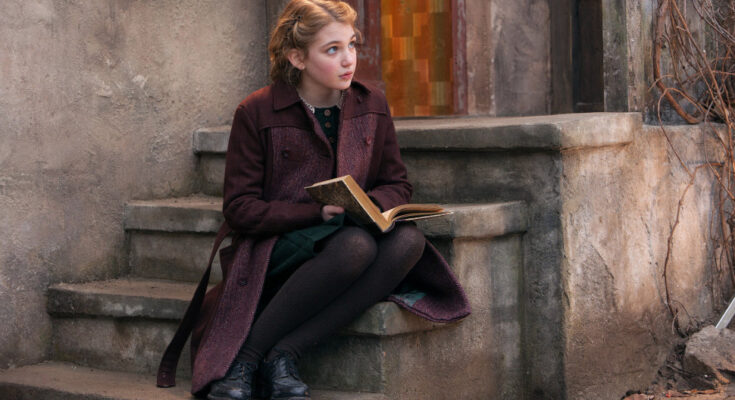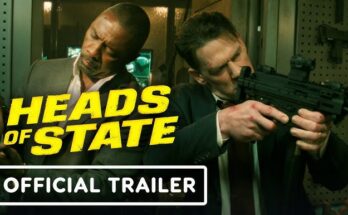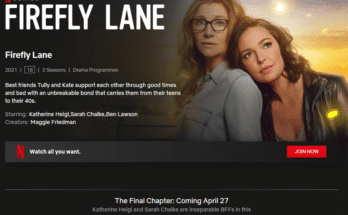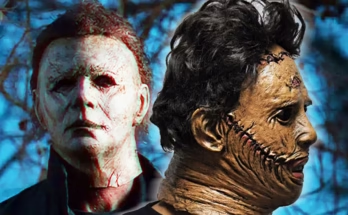The Book Thief 2 (2025) continues the gripping, heart-wrenching story of Liesel Meminger, now an older teenager navigating the ruins of post-war Germany. Set in the years following World War II, the film dives deeper into the psychological and emotional aftermath of the war, showcasing how the ravages of the conflict have reshaped not only the country but the people who lived through it.
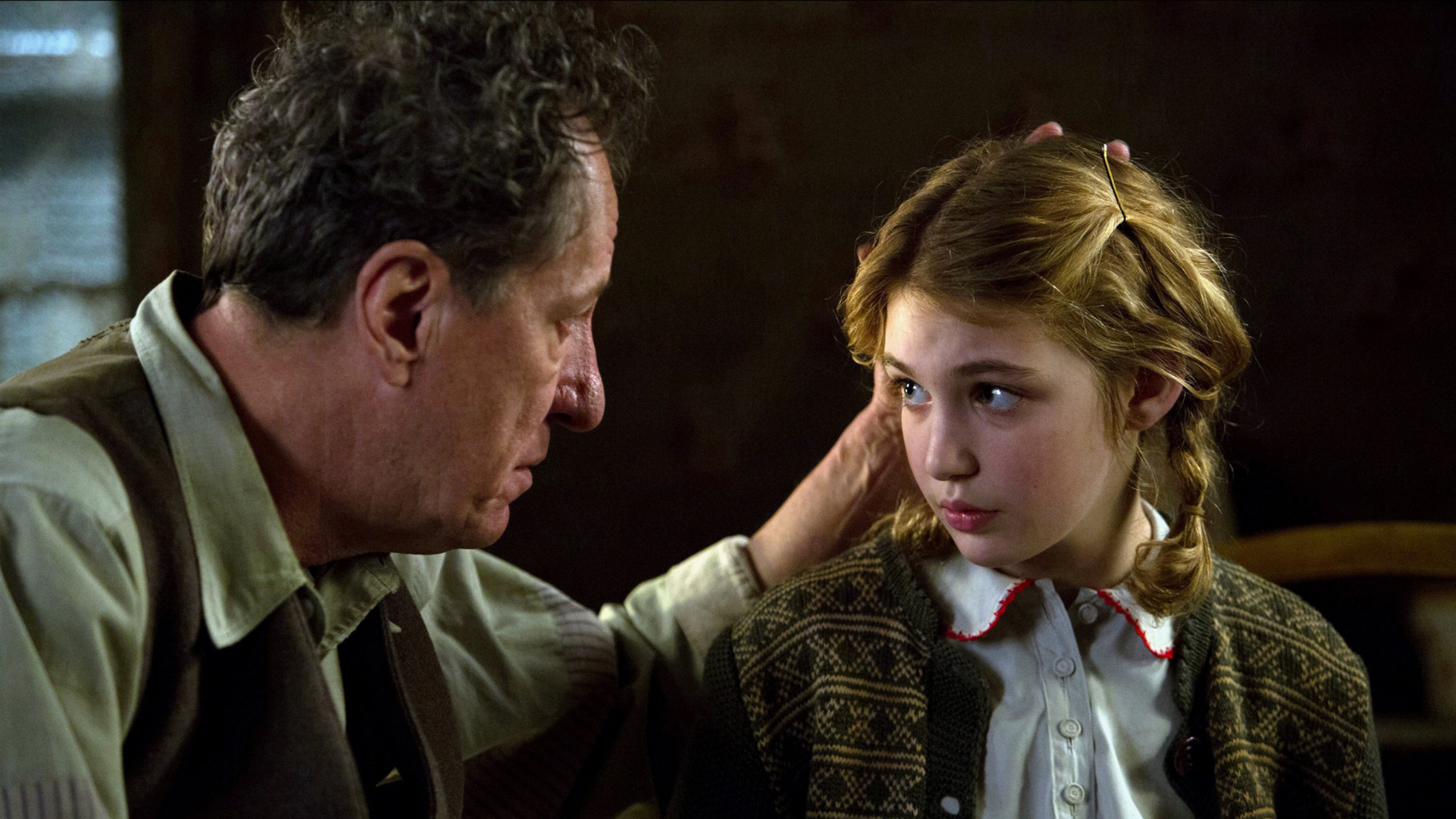
Liesel, now 17, has grown from the quiet, book-stealing girl we met in the first film into a resilient young woman determined to carry the weight of the stories she once cherished. After the death of Hans and Rosa Hubermann, she’s left to fend for herself in a world where the streets are still haunted by the ghosts of war and where the written word is more dangerous than ever. The Nazi regime may have fallen, but its legacy lingers, and with it, a new oppressive order is taking root. Books that once carried hope are now forbidden, and knowledge is a dangerous currency.

The movie opens with Liesel finding herself caught in the middle of a divided post-war Germany, torn between her loyalty to her beloved past and her desire for a future free from fear. She is forced to go into hiding once more, this time with a small group of resistance fighters who use literature and information as a means of resistance. In this new chapter, the stolen books are not just symbols of defiance, but critical weapons in a battle for the truth.
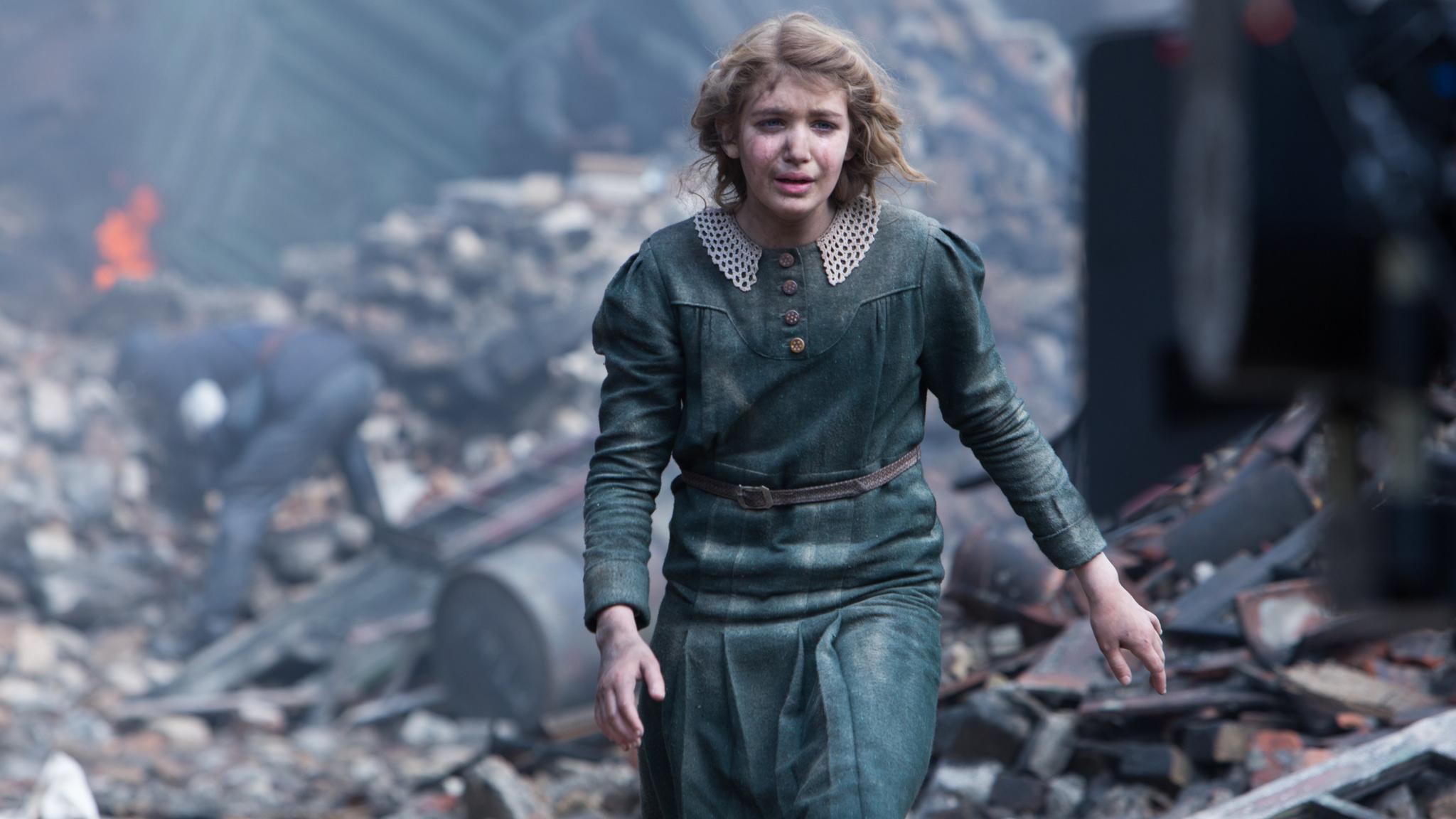
Liesel’s journey takes her on a perilous road from Munich to the outskirts of Berlin, where she uncovers dark secrets about the people who once ruled her country, all while struggling to protect a book that holds the key to exposing those secrets. Along the way, she befriends a diverse group of individuals, including an enigmatic older man named Tobias, a former soldier haunted by the war’s consequences, and Eva, a fellow young woman determined to make a difference.

As Liesel comes to terms with the loss of her loved ones and her own place in this new world, the movie explores themes of survival, memory, and the healing power of storytelling. She ultimately faces the ultimate question: what is the true cost of preserving the truth in a world that wants to forget?
*In the Past 2013
The film’s visual style reflects the desolation of post-war Europe, with a muted color palette punctuated by the warmth of flickering candlelight and the faint glow of the books Liesel seeks to protect. The atmosphere is one of melancholic beauty, showing both the destruction of the past and the fragile hope of a new beginning. The movie’s pacing is slow and thoughtful, with quiet moments of reflection contrasting against bursts of tension and action as Liesel navigates her dangerous world.
